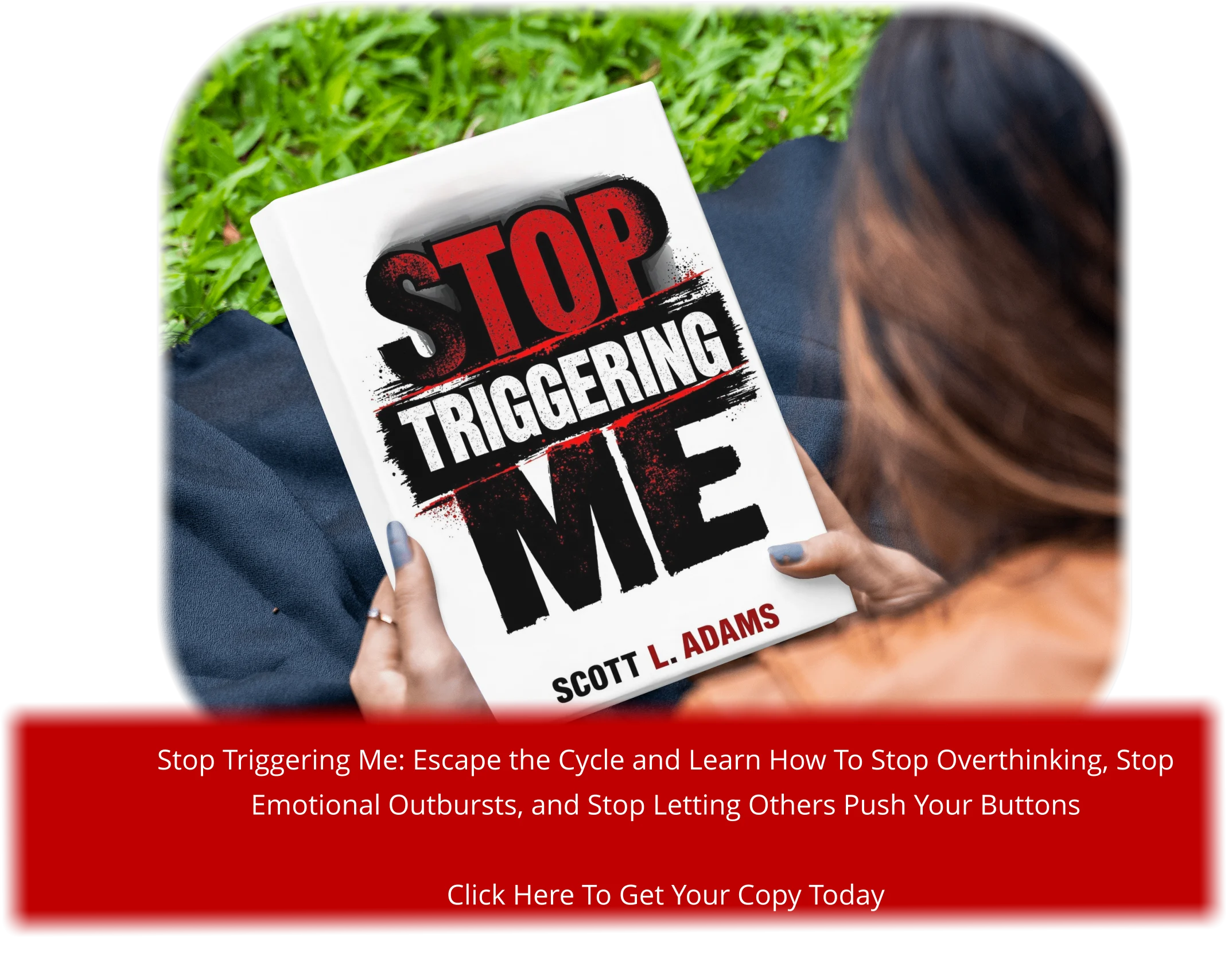Did you know that millions of people worldwide struggle to express their emotions through words alone? I was one of them, until I discovered art therapy, a powerful tool that helped me heal and find my voice.
Art therapy isn’t just about creating art; it’s a form of therapy that uses the creative process to promote healing and self-expression. Through this journey, I’ve experienced firsthand how creating art can tap into deeper emotional truths, helping to process emotions and reduce anxiety.
As someone who has benefited from art therapy, I’m excited to share with you how it can be a transformative tool for mental health. You don’t need to be “artistic” to benefit – the focus is on the process, not the final product.
Key Takeaways
- Discover how art therapy can help express emotions and experiences that are hard to verbalize.
- Learn about the therapeutic benefits of the creative process in promoting healing.
- Understand that you don’t need to be “artistic” to benefit from art therapy.
- Explore practical ways to incorporate art therapy into your healing journey.
- Find out how art therapy can be a powerful tool for mental health support.
My Journey with Art Therapy for Mental Health
As I reflect on my journey with art therapy, I realize how it has been a transformative tool for my mental health. Through this creative process, I’ve gained a deeper understanding of my emotions and developed a new way to express my feelings and experiences.
How Art Became My Healing Tool
For me, art therapy began as a way to explore my inner world. According to Everyday Health, studies have shown that dedicating at least 45 minutes daily to creating art can reduce cortisol levels. I found that different art materials evoked different emotional responses – soft pastels for gentle feelings, bold acrylics for anger, and collage for complex emotions.
Transforming Inner Struggles Through Creative Expression
Through consistent art therapy sessions, I learned to transform my inner struggles into creative expressions. Here are some key takeaways from my journey:
- I discovered that the physical act of creating art gave me agency over my feelings, allowing me to reshape my emotions on the page.
- My art therapist helped me recognize patterns in my artwork that reflected my emotional state, even when I wasn’t consciously aware of them.
- I learned that healing isn’t linear – some sessions were breakthroughs, while others felt challenging, but each contributed to my overall growth in mental health.
Understanding Art Therapy: More Than Just Making Art
Art therapy is often misunderstood as just another form of art class, but it’s so much more than that. As I’ve experienced firsthand, the therapeutic benefits of creating art go far beyond the final product.
The true value of art therapy lies in its ability to facilitate emotional expression and healing. Unlike regular art classes, which often focus on technique and aesthetics, art therapy is centered on the process of creating.
The Science Behind Art Therapy
Art therapy is grounded in the understanding that creative expression can be a powerful tool for mental health. Art therapists are trained professionals who use this modality to help individuals process and cope with their emotions. By engaging in the creative process, individuals can tap into their subconscious mind and gain insight into their thoughts and feelings.
How Art Therapy Differs from Regular Art Classes
The key differences between art therapy and regular art classes lie in their intentions and approaches. While art classes often focus on teaching techniques and promoting skill development, art therapy is tailored to specific therapeutic goals. My experience with art therapy highlighted these differences – the focus was on using art as a tool for mental health, rather than creating a beautiful final product.
In art therapy, the art therapist guides the individual through the creative process, helping them explore and understand their emotions. This process is distinctly different from regular art classes, where the emphasis is on the technical aspects of art-making.
The Powerful Benefits of Art Therapy for Mental Health
Through my personal experience, I’ve discovered the powerful benefits of art therapy for mental health. Art therapy has been linked to numerous benefits, including improved self-awareness, social connection, and emotional regulation, while lowering levels of distress, anxiety, and even pain scores.
Emotional Release and Self-Expression
Art therapy provides a unique outlet for emotional release and self-expression. By using various art mediums and techniques, individuals can channel their emotions into their work, fostering a deeper understanding of their feelings. This process allows for a natural sense of pride as individuals overcome challenges and produce a final piece, reflecting their emotional journey.
Reducing Anxiety and Depression Symptoms
The therapeutic process of creating art has been shown to reduce symptoms of anxiety and depression. As I’ve experienced personally, the act of creating art can be calming and meditative, providing a healthy distraction from daily worries and concerns. This can lead to a decrease in overall distress and an improvement in mental well-being.
Building Self-Awareness and Resilience
One of the most significant benefits of art therapy is its ability to foster self-awareness and resilience. Through the creative process, individuals can gain insights into their emotional patterns, triggers, and coping mechanisms. As I’ve found, the problem-solving involved in art-making can also build resilience, enabling individuals to adapt to challenges and develop a more positive outlook on life.
Art Therapy Techniques That Promote Healing
Exploring different art therapy techniques can be a powerful way to tap into your emotions and foster personal growth. Art therapy provides a safe space for emotional expression, allowing individuals to release emotions in a healthy and creative manner.

Drawing and Painting for Emotional Expression
Drawing and painting are effective techniques for expressing emotions. These methods allow you to convey feelings through color and form, providing an outlet for emotional release. By creating art, you can tap into your subconscious mind and gain insight into your emotional state.
Sculpture and Tactile Arts for Grounding
Sculpture and tactile arts offer a grounding experience, allowing you to connect with your physical surroundings. Working with materials like clay or fabric can be calming and help reduce anxiety. This tactile engagement can be particularly beneficial for individuals seeking to manage stress.
Collage Work for Processing Complex Emotions
Collage work is a versatile technique for processing complex emotions. By combining different images and textures, you can represent conflicting feelings or experiences. This method allows for a nuanced exploration of your emotional landscape, facilitating a deeper understanding of your inner world.
How to Start Your Art Therapy Journey

Art therapy offers a unique path to emotional wellness, and beginning this journey is easier than you think. As someone who has benefited from this therapeutic approach, I’m excited to share practical steps to help you get started.
Working with a Professional Art Therapist
Working with a professional art therapist can provide a safe and supportive environment to explore your emotions. They can help you understand the symbolism in your artwork and guide you through the therapeutic process.
DIY Art Therapy Exercises to Try at Home
You don’t need a therapist to benefit from art therapy. Simple exercises like drawing your emotions, creating a self-care collage, or sculpting with clay can be incredibly therapeutic. These activities can help you release tension and gain insight into your feelings.
Creating a Safe Space for Creative Healing
Creating a dedicated space for art-making at home is crucial. This could be a corner of your bedroom with basic supplies. Establishing personal rituals, like lighting a candle or playing soothing music, can signal to your brain that it’s safe to explore difficult emotions.
By setting boundaries around your creative space and approaching art-making with curiosity rather than judgment, you can foster a deeper connection with your emotions and promote mental health.
Embracing Creativity as a Path to Emotional Wellness
Embracing creativity through art therapy has been a transformative experience, teaching me that it’s a vital component of my emotional wellness. Through my journey, I’ve discovered that creativity is not just a luxury, but an essential tool for maintaining mental health. Research supports this, showing that art therapy can be a “potentially low-risk and high benefit intervention” for individuals living with serious mental illness.
I’ve found that creative expression helps me develop a relationship with my inner world, giving it a voice and fostering a deeper connection between my emotional and cognitive processes. This connection is crucial for emotional regulation and resilience, as creative engagement creates new neural pathways in the brain.
I encourage you to approach creative expression with openness and self-compassion, recognizing that the path to emotional wellness through creativity is available to everyone. By embracing art therapy, you can cultivate wholeness, reduce symptoms of mental health struggles, and affirm that growth and transformation are possible.









